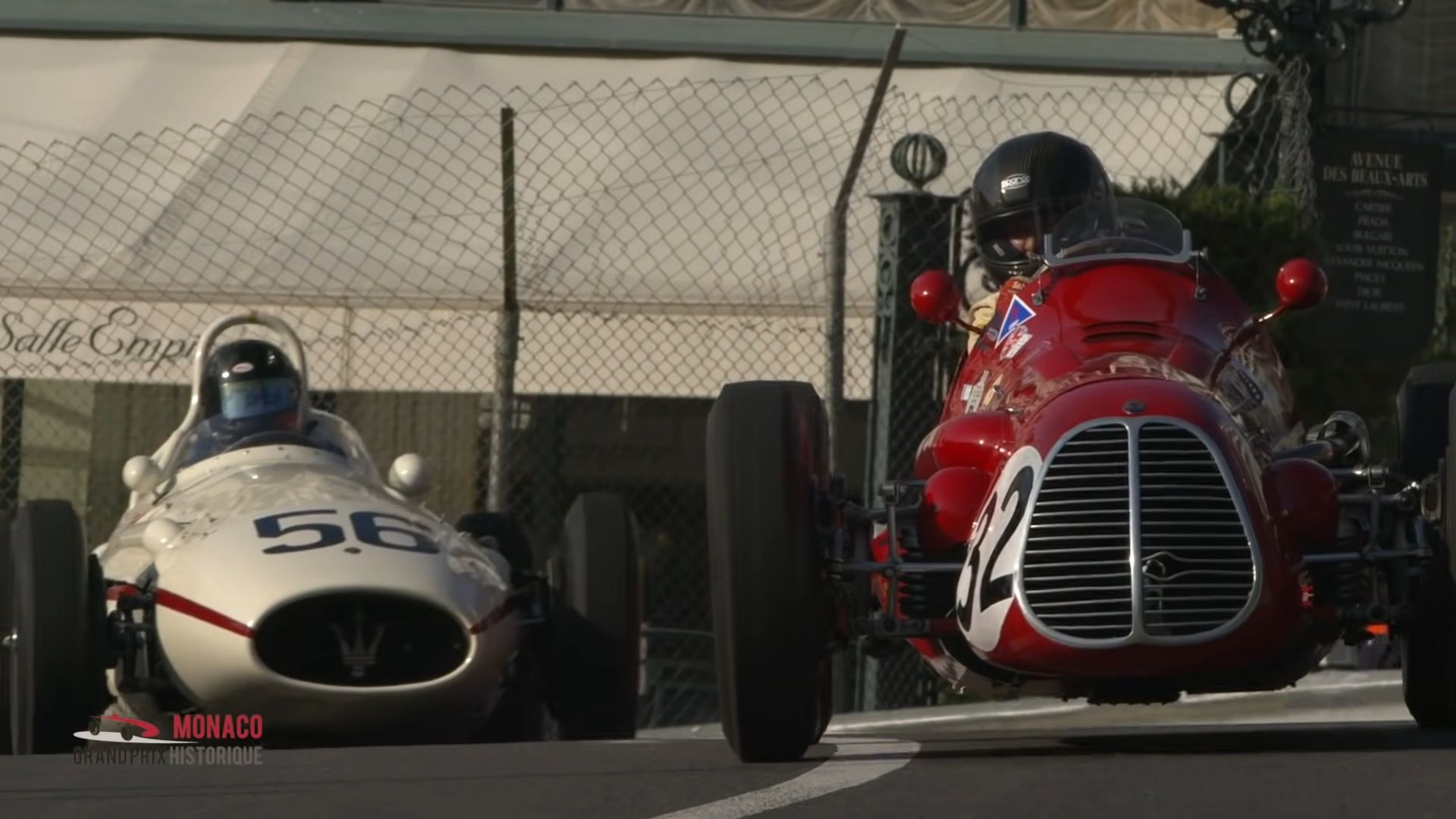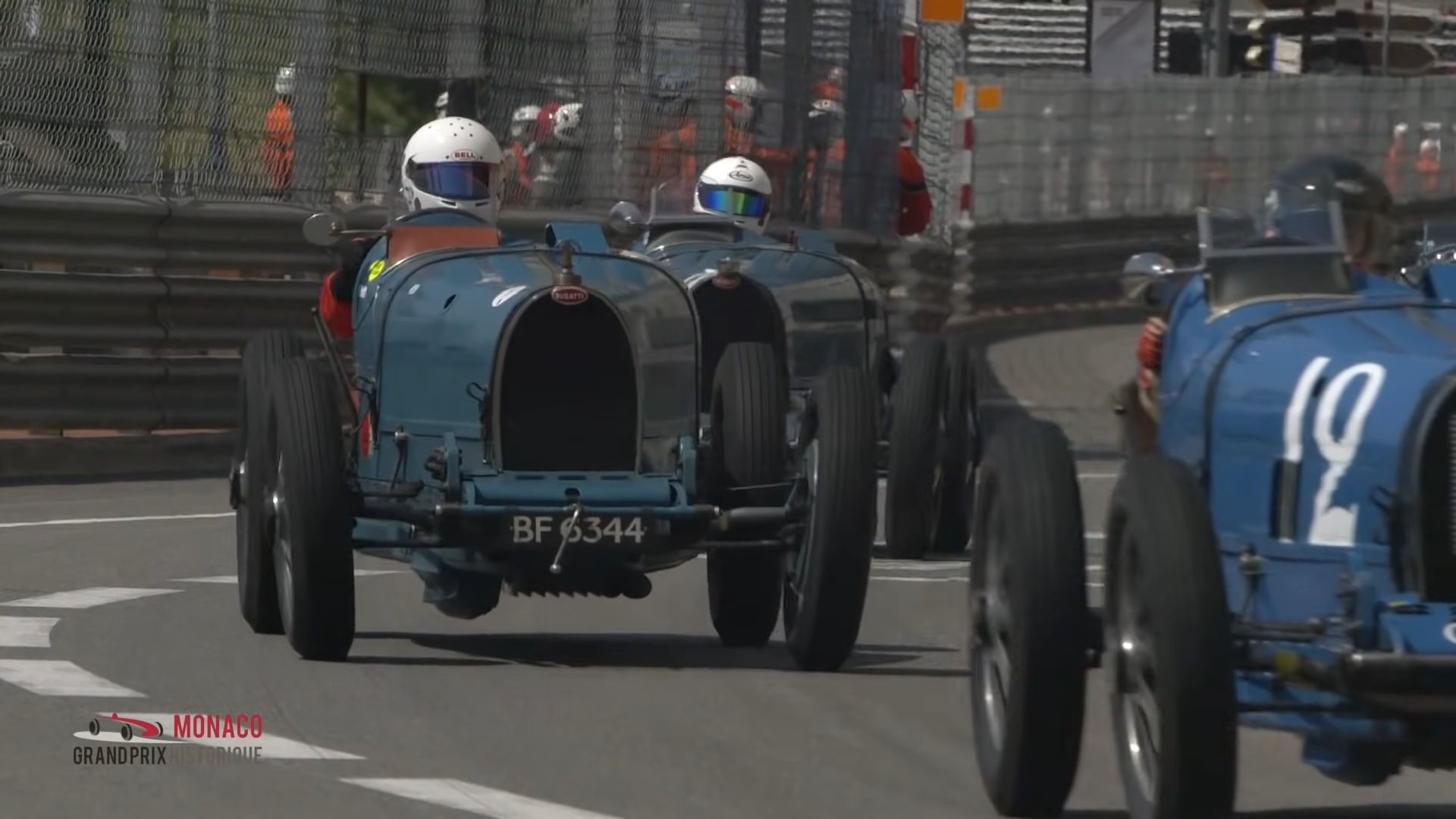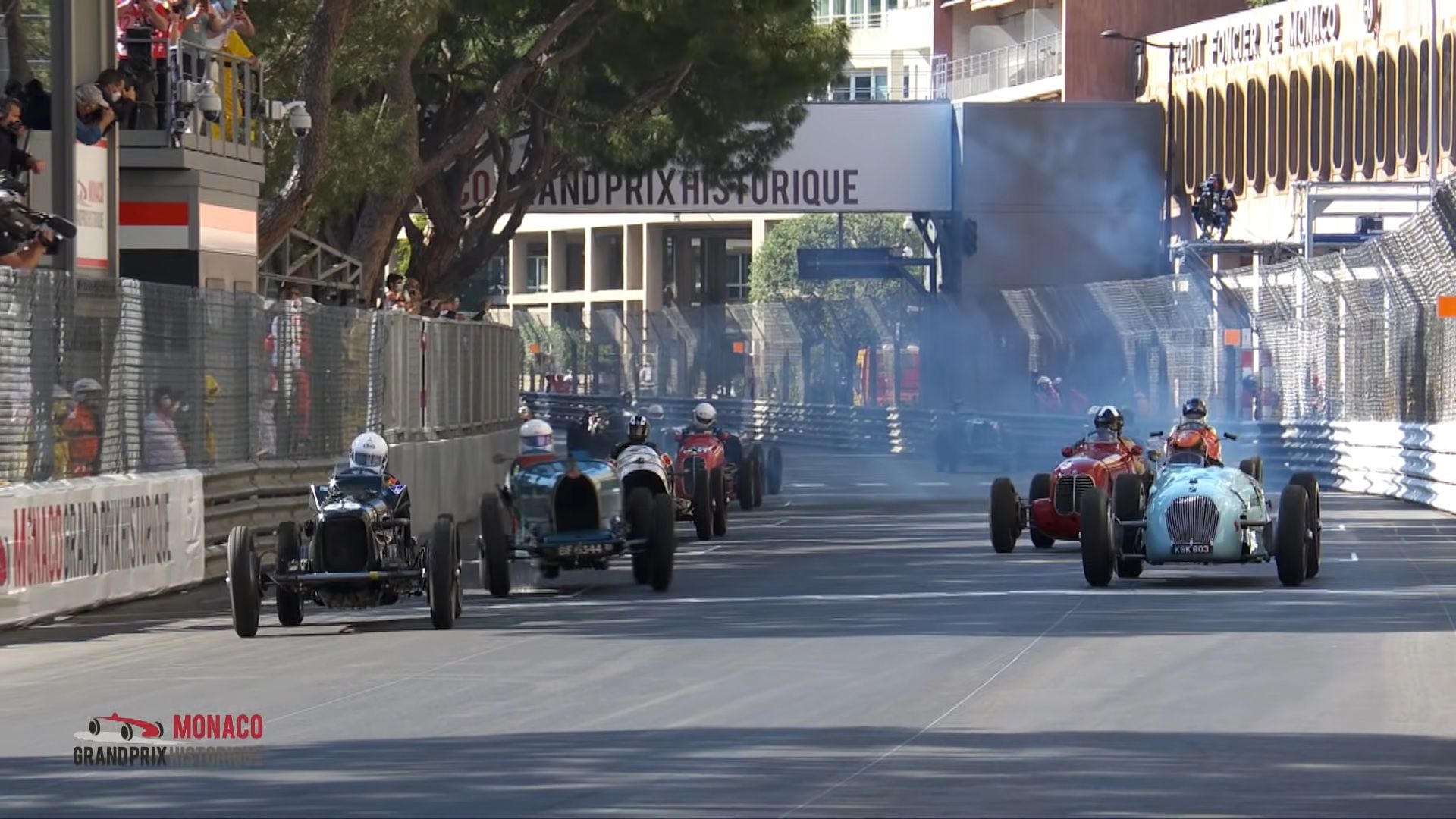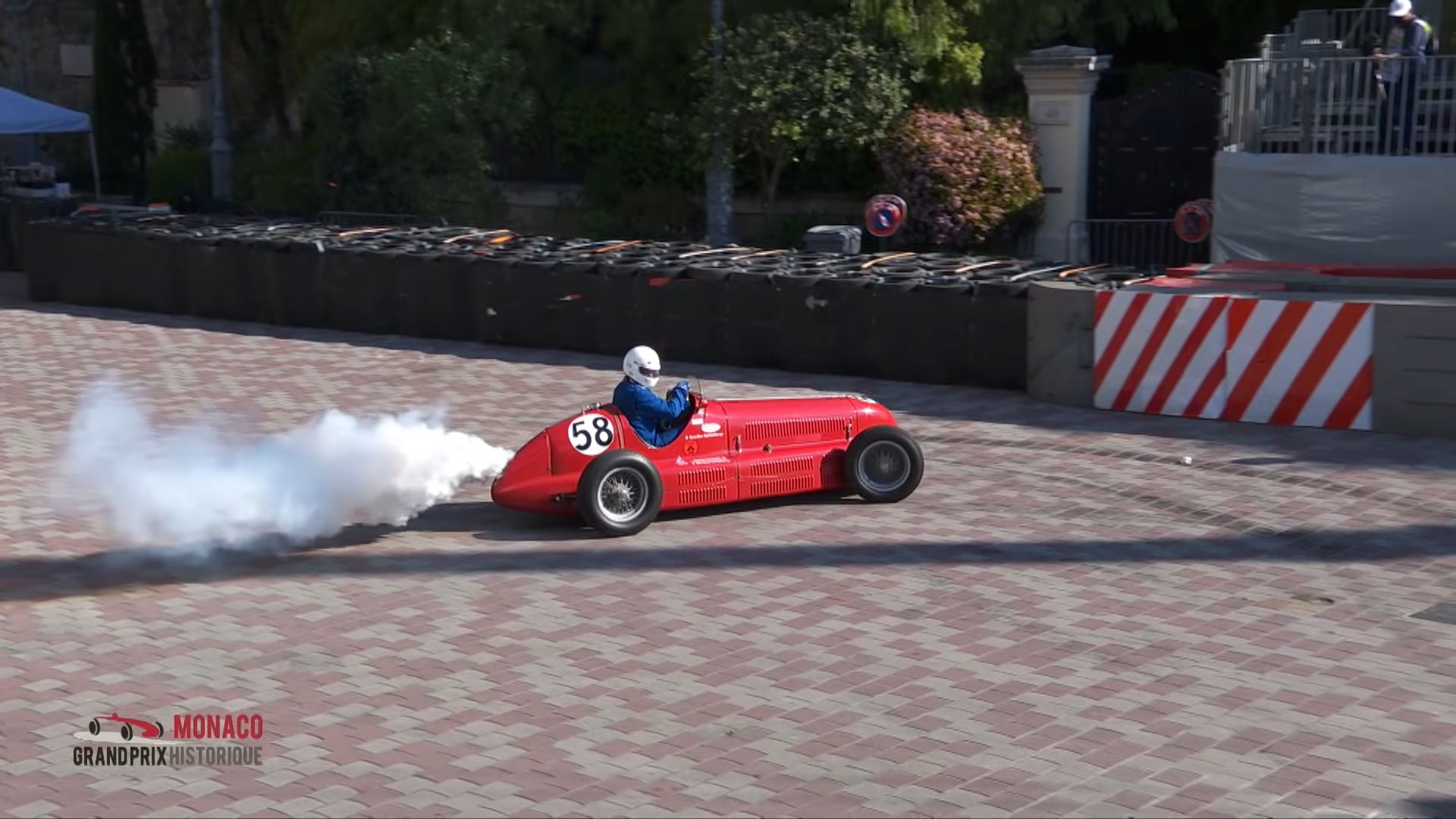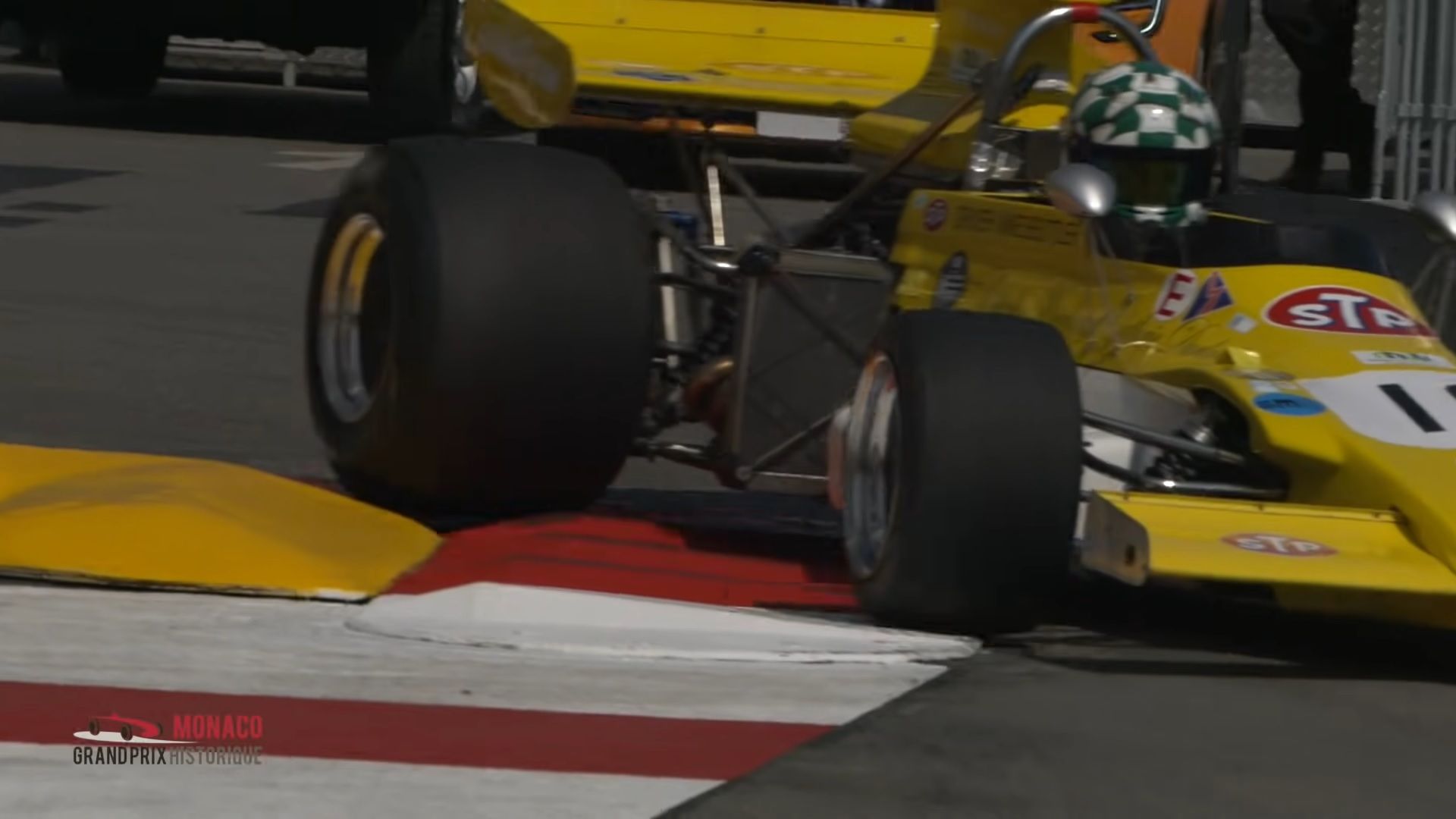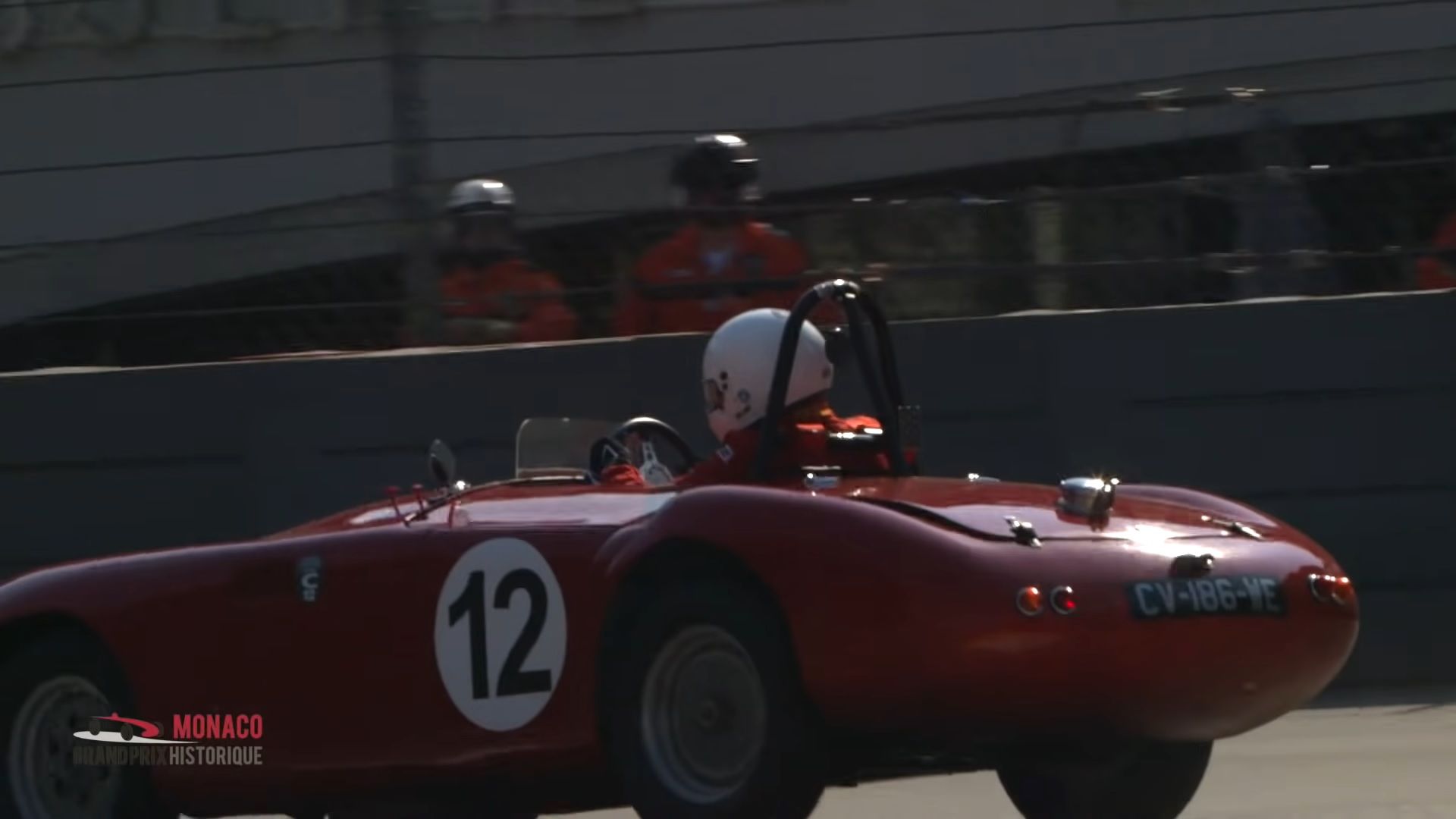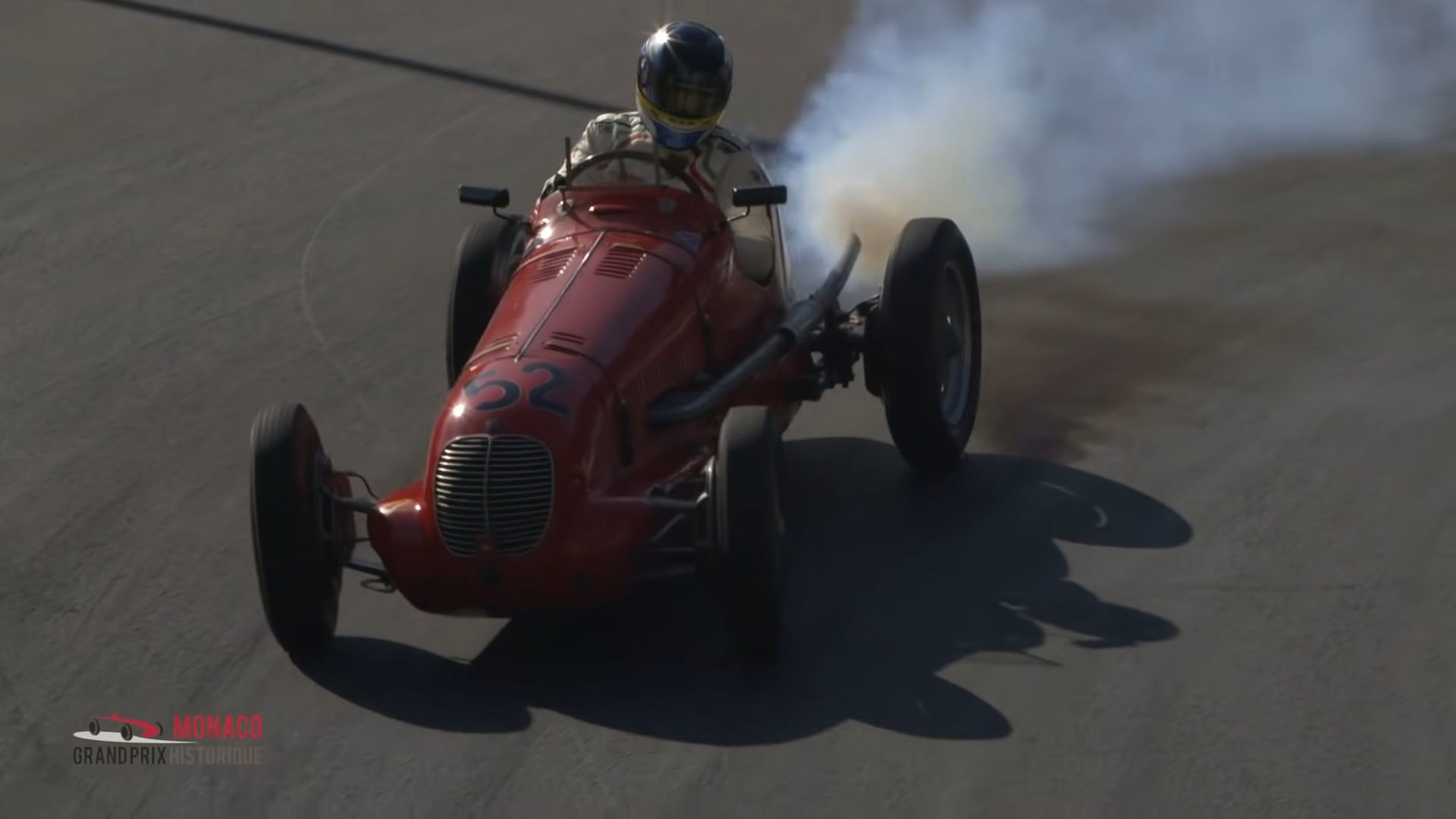The Monaco Historique, like the Le Mans Classic, is one of those rare transcendental events. It takes you back in time to what many argue was the 'Golden Age' of motor racing. Over one weekend every couple or so years, some of the world's most revered F1 and sports cars gather to once again race in anger. In 2021, the gang got back together for more battling on the streets of Monte-Carlo and it all got a little bit too hot, multi-million-dollar metal being bent in the process.
Back to the past
Every year, the F1 paddock travels to one of the most unsuitable places for a car race: the narrow, winding streets of Monaco, the home of many of the world's wealthiest people and also one of the world's smallest countries. Monaco's played host to car races since 1929 and this glamorous setting has been a fixture on the European Grand Prix calendar ever since.
Monaco is rarely the place where you'd expect great, enticing racing to take place yet, despite all of the critics that have come and went, the streets of Monte-Carlo still welcome race teams year on and year out. There are many reasons why this race effectively defies the modern status quo which calls for wide courses, street or otherwise, and ample run-off areas. These reasons are best put on display during the Monaco Historique, the (sadly) not annual event that welcomes antiquated Formula 1 equipment to tackle St. Devote, Massenet, Mirabeau, and all of the other corners of 2.07 mile-long street course.
As if that wasn't enough, the Lotus 72s, Tyrrell 007s, Ferrari 312Bs, and all the other glorious single-seaters have to share the stage with '50s sports cars like the Jaguar C-Type as there was a time when those too would line up to race in front of the Royal family of Monaco. Due to the ongoing COVID-19 pandemic, the event took place this year instead of last year but, as they say, it's better late than never. The equally impressive Le Mans Classic event was also rescheduled and will now take place in July of 2022.
The show of the old bands
When you go out to see the show of an old band, you don't expect the septuagenarians on stage to go at full chat as they would have in their prime some 40 or 50 years ago. Everything, you assume, will be turned down a notch, the tempo will be slower and the singer will most definitely not be able to belch out those high notes that earned him high praise in the magazines back when leather pants when flared pants were popular.
This is pretty much what you expect when you go to a historic racing meeting. Cars will most likely tour around in short bursts to not strain them too much, drivers taking all the precautions in the world during the rare wheel-to-wheel moments. Yet, as the Goodwood Revival and the equally exciting Members' Meeting has taught us, there's also another way of going about historic racing. And that's, well, doing it with no regard to the value of the cars.
Not only because you *want* to see how those machines act when pushed near their limits but you also want to see those drivers all crossed up in these things that lack any and all kinds of safety features.
This is the 12th edition of this motorized throwback and, although there are many COVID-19-related restrictions still enacted all over the world, 90 drivers traveled to Monaco to race in the seven categories that took to the track between April 23 and 25.
The first of those was dedicated to the Monaco GP's early days, bringing together cars built between 1926 and 1937, the year when Mercedes-Benz took a dominant win through the great Rudi Caracciola behind the wheel of the all-conquering W-125. Then there was the '48-'60 slot for what can be considered as the 'transitional' era of Grand Prix racing that saw the cars morph from being front-engined to being rear-mid-engined thanks to Cooper's innovative design that took Jack Brabham to the world title twice, in 1959 and again in 1960.
Up next, the 1952-1957 bracket for sports cars took center stage allowing for the roar of cars like the Maserati 300S to be heard - bonus points for those who can distinguish between that and the soundtrack of the 250F! The '61-'65 bracket for 1.5-liter F1 cars also had its time in the limelight followed by the 1966-1972 category, 1966 being the year when engine capacity was doubled in F1, followed closely by tire widths and, then, by aerodynamics (as you can fully appreciate on this Brabham).
However, the race that was most hotly anticipated was that for F1 cars made between 1972 and 1976. 16 such glorious machines lined up on the grid including a John Player Special-liveried Lotus 77 (the likes of which Gunnar Nilsson took to victory in the Belgian GP) and a Ferrari 312B3, the car that Niki Lauda first won in as a Ferrari driver, in 1974. The B3 was handed to former Ferrari factory driver (and 1995 Candain GP winner) Jean Alesi, another B3 being driven by Rene Arnoux.
"This is a unique opportunity to share your passion with other amateurs of ancient racing cars and motorsport, bringing to my mind pleasant memories," said Arnoux, the Frenchman having raced for Ferrari between 1983 and 1985. "Competing in Monaco is for me the best, this unique circuit, the fans who support you, and the great history behind," are all factors that made Jean Alesi race here, the veteran of 201 GP starts saying he first attended the event "o just for fun, then I realized the level of performance was high and I decided to keep up, being a true challenger."
The race that got everyone talking
While there was a crash too in the race dedicated to cars made between 1977 and 1980, it was the one for slightly older machinery that got everyone talking. As the highlight of the weekend, the '72-'76 race's grid featured three-time Le Mans winner Marco Werner in pole position behind the wheel of the vastly superior Lotus 77 which proved to be two seconds quicker than Alesi's 312B3 in qualifying. Besides them, Michael Lyons, who went on to win in the '77-'80 race driving a Hesketh, was also on the grid in a McLaren M26 just like the one James Hunt took to World Championship glory in 1976.
In the race itself, which was attended, among others, by GP stars Nico Hulkenberg and Charles Leclerc - both who happen to live in Monaco - we saw Alesi and Werner battle for the lead as if the world championship was at stake. Alesi rocketed to the lead, the red B3 being the first car diving through St. Devote and then going uphill, darting through Beau Rivage and into Massenet. Werner could only follow suit as the duo kicked off a nail-biting fight that made last year's Monaco GP for modern F1 cars look bad. Bad and boring.
At times, the Lotus was close enough to touch the Ferrari's gearbox and that did happen on a couple of occasions but still, Werner, a former Audi factory driver, couldn't find a gap.
Then, with three laps to go, Werner had the better exit from the Noghes chicane and glued himself to the rear wing of Alesi's red stallion. Sadly, he got too close and tagged the Ferrari, making it slide into the right-hand-side Armco barriers. The crash effectively ended Alesi's race on the spot as Werner went on to win with Lyons further down the road in second.
Subsequently, Werner was penalized as he was considered by the stewards to be the guilty party in the incident, something that Alesi fully echoed. "When there is no space, you cannot pass," said Alesi who then vowed to return for more racing at the next Monaco Historique. Upon hearing that he's been relegated to third, Werner angrily stormed off the podium leaving Michael Lyons as a dismayed winner. Feeling he didn't deserve the win, the Briton left the trophy on the wing of Werner's Lotus.
Immediately, the internet lit up with some analyzing the footage and concluding that, actually, Alesi was slow onto the main straight after missing a gear while others were quick to criticize Lyons for his gesture. In any case, this was one of the best historic racing weekends in recent memory and we can't wait for the next time that classic racers take over the Principality - also because we've become even more aware of how much we miss the brutal noise of old F1.

